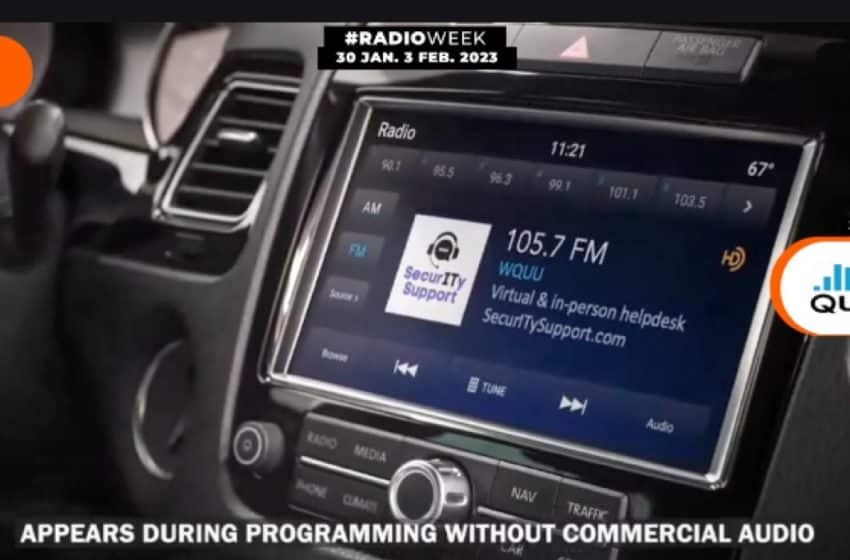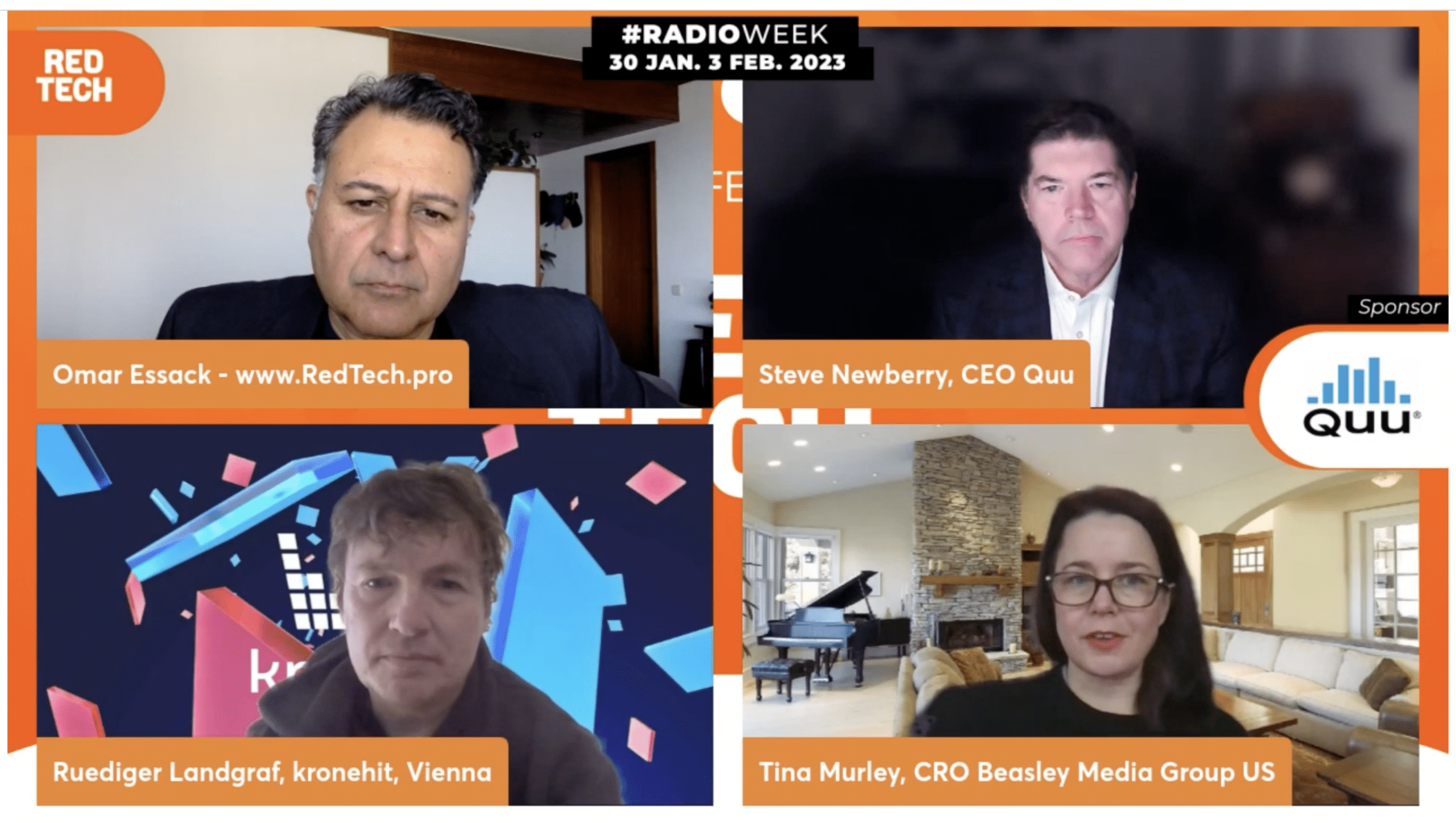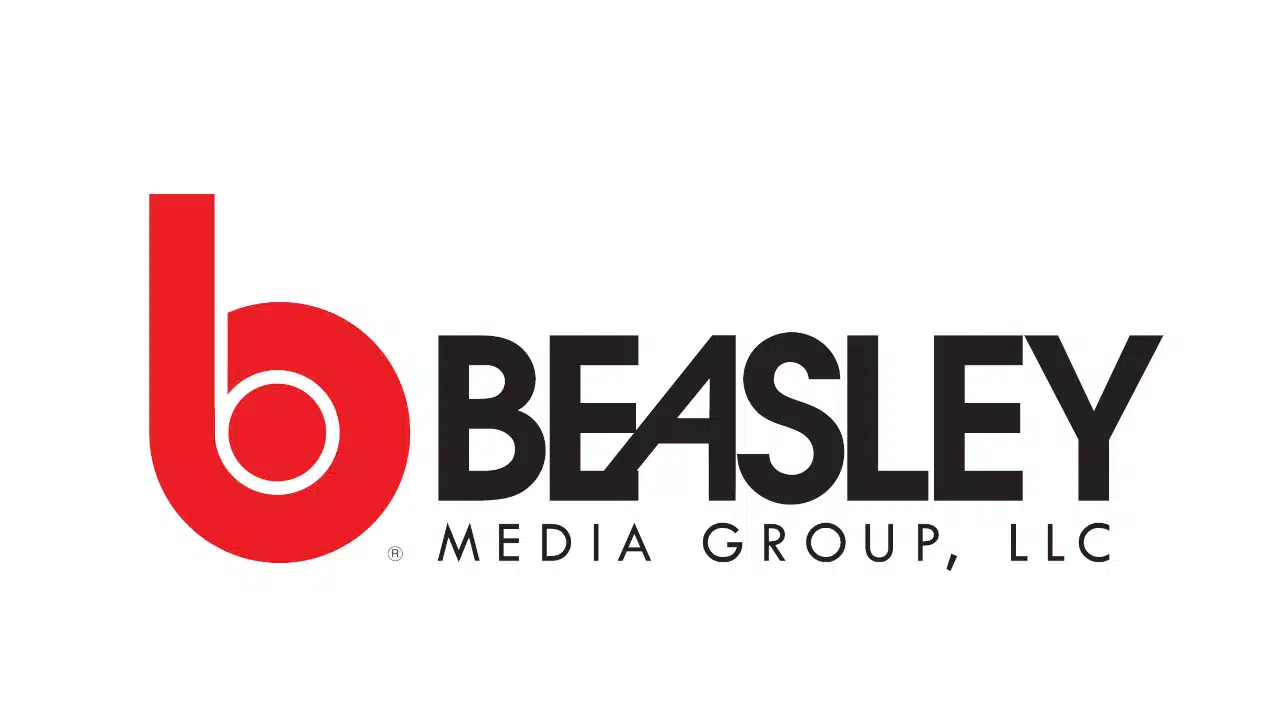
The first day of RedTech RadioWeek 2023 kicked off tackling one of the most contested areas in radio broadcasting: The in-car audio interface. Gone are the days of driving with a car radio dutifully locked into a favorite FM or AM station. Today’s in-car entertainment is both an audio and visual experience, with traditional broadcasters, streaming services and podcasters vying for the valuable attention of drivers and passengers.
However, for the smart broadcaster, a large dashboard screen offers exciting opportunities for captivating audiences and generating new revenue.

Listener experience
The session, “In-Dash Display: Radio’s New Revenue Opportunity is Easier Than You Think,” took place live on Monday Jan. 30 and was facilitated by RedTech’s Head of Strategy, Omar Essack. It featured the insights of media experts well-versed in the opportunities of the in-dash display.
These included Steve Newberry, CEO of Quu, specialists in software and services that publish visual programming and sales messages on vehicle dashboards; Reudiger Landgraf, CSO of Kronehit, one of Europe’s most innovative CHR stations; and Tina Murley, CRO of prominent broadcasting group Beasley Media Group.
During the discussion, Newberry explained how radio broadcasting isn’t just audio anymore, and suggested that the future of visual programming is a necessary new skill for radio stations to embrace in order to exceed the listeners’ expectations. He added that in-dash technology is also a very effective tool in emergency situations and is more personal than television. The dashboard is an extension of the audio product. He shared advice for radio stations and best practices on how to best implement the dashboard technology.
“We really want broadcasters to understand that radio is not one dimensional anymore. There is a lot more content stations can promote. Radio broadcasters aren’t just audio anymore. We have to exceed the expectations of our listeners,” he stated.
“The listener experience is the most important consideration you can make. We do not want to confuse them. The way to do that is to have a balance,” Newberry noted. “With this technology you know exactly what the next element is so there is no randomness. Today’s generation does not want randomness. They are much more on demand.”
Community outreach
Murley explained how Beasley Media is using Quu’s technology and the benefits the company has had from adding greater visual context to its radio programming. In addition to being great for revenue, she reiterated the fact that in-dash technology is useful for community outreach and provided examples of how the broadcaster has employed the system to this end. Two examples include adding messages during the COVID pandemic and getting information out to the audience during Hurricane Ian in 2022.
Landgraf agreed on the effectiveness and importance of the dashboard display, confirming that young people want to listen on-demand. But he pointed out that legislation in Europe is different from country to country, so it’s important to position the in-car technology as a necessary premium product. He added that other sectors have overcome these regulatory issues, so it should be possible for radio to do so as well.
He also pointed out that radio stations should brand accordingly on the dashboard. For example, they should use unique, memorable logos, so listeners can easily find a station without having to read the names while driving. He also cautioned stations to be very specific with the information they provide so that the audience knows what they are listening to and want to explore your station’s offer further.
This session helped show that for the innovative decision-makers in audio broadcasting, thinking about what people want to hear in their cars means considering what they will see.
You can hear – and see – what our panelists said below.




















